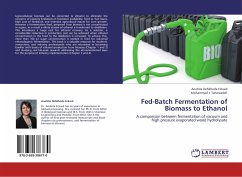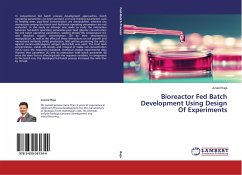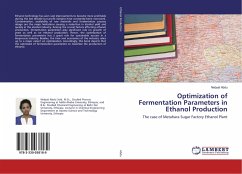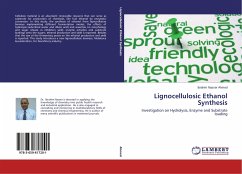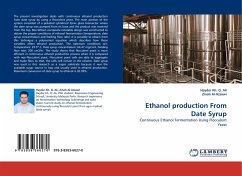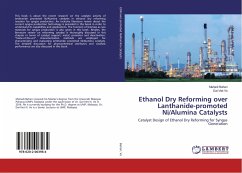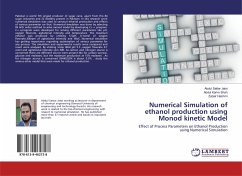Lignocellulosic biomass can be converted to ethanol to eliminate the concerns of capacity limitations in feedstock availability, food vs. fuel issues, high cost of feedstock and intensive agricultural inputs for corn growth. However a fermentation feed, prepared from biomass is not concentrated in sugars; as a result a dilute stream of ethanol is transferred to distillation. This introduces a huge cost for ethanol recovery. As a solution, a considerable reduction in production cost can be achieved when ethanol concentration in the feed to the distillation is increased. To achieve this, more than 100 g.l sugar concentration is needed in feed for industrial ethanologenic fermentation. This book is a valuable resource for students, researchers, and industry professionals who are interested in becoming familiar with basics of ethanol production from biomass (Chapter 1 and 2) and studying real lab-scale research addressing the aforementioned issue for the purpose of industry implementation (Chapter 3 and 4).
Bitte wählen Sie Ihr Anliegen aus.
Rechnungen
Retourenschein anfordern
Bestellstatus
Storno

